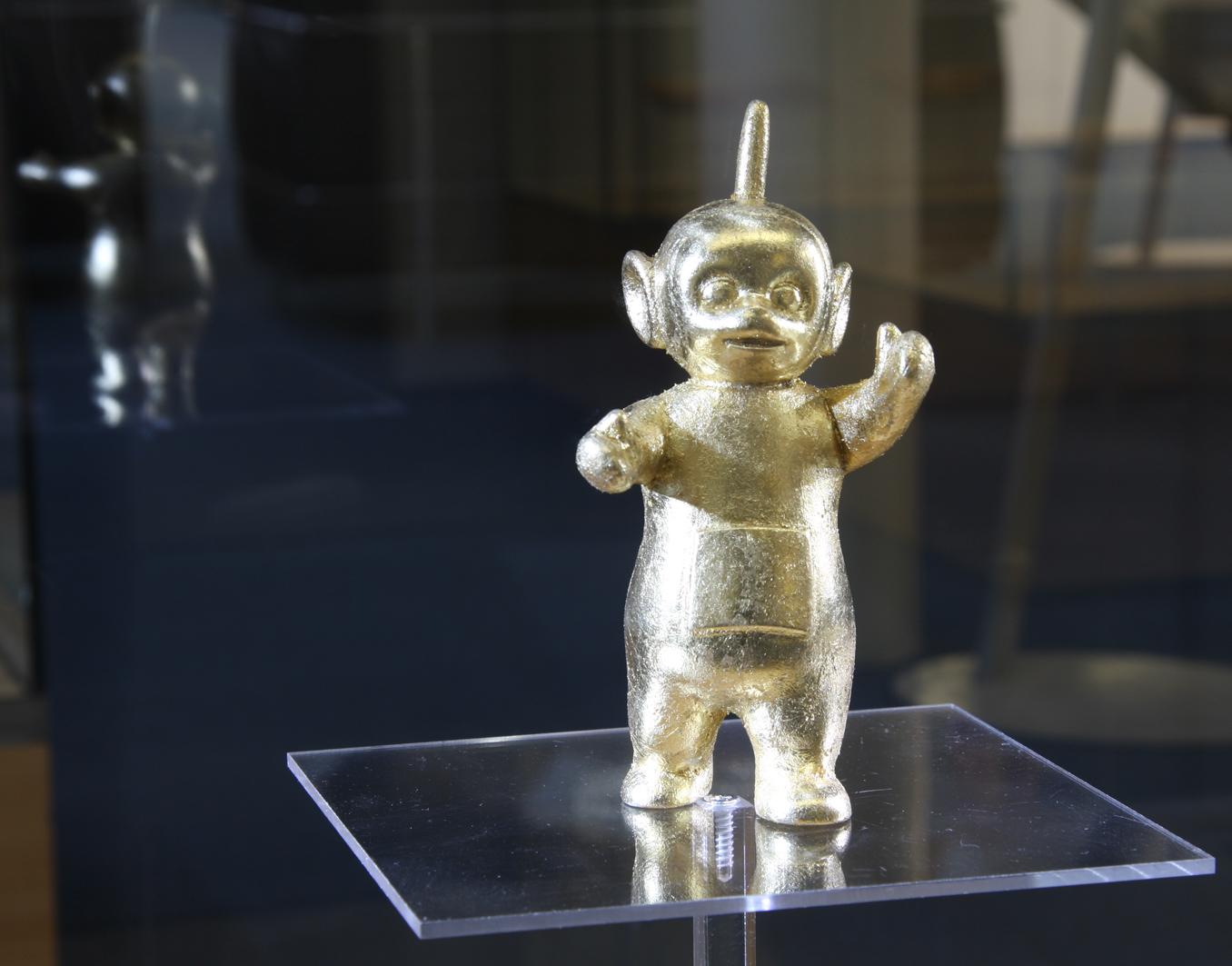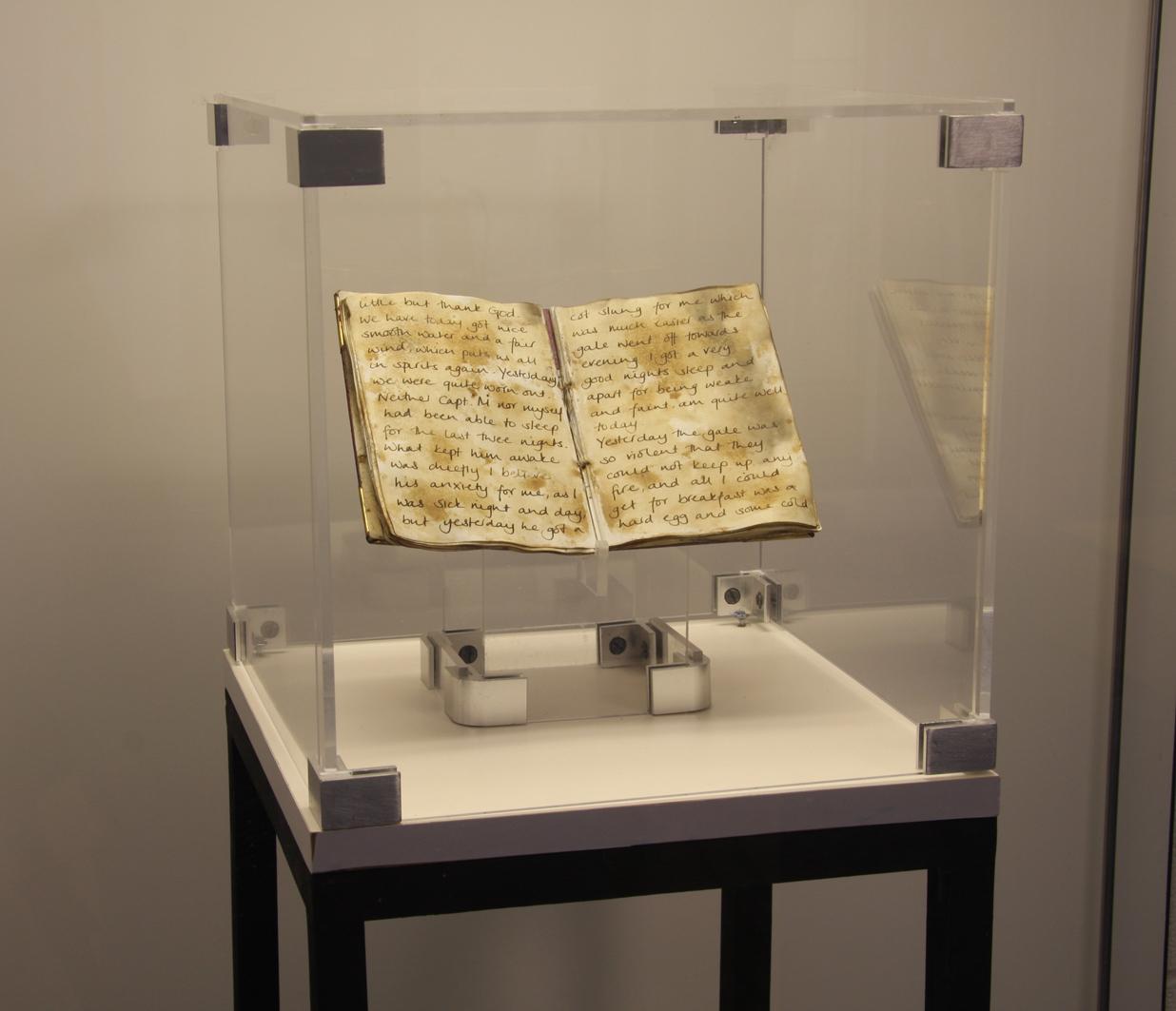As part of the On Collecting art project Amy Forrest and Alison Board consider the status of artefacts. The use of the glass display case as a magical device to transform collections or worthless objects into valuable works of art. The vitrine becomes integral to the work sculpturally and spatially. They are concerned with setting a thought process in motion. What kind of treasures would we place in such a box?
Amy Forrest
As humans we collect all sorts of things; family heirlooms, letters from loved ones, comic books. Our lives are filled with collections that are probably worthless to other people. So, why do we feel the need to preserve them? This question was the starting point of my work that aims to explore why we attribute value to certain objects. Why do we keep them in museums and personal collections? Are they really worth saving for future generations to see? Do we want to live on through them? Or do we just want someone to value them like we did?


Alison Board
We connect to our past through artefacts. These artefacts may be materially valuable, historically priceless or solely precious on a deeply personal level.

They may be owned by us, or familiar by association. Is the language of an artefact universal? Do we question their authenticity when they are presented to us in a formal manner? Does their authenticity matter when they help us to recall a memory?

